Tutors & Participants / OCNC2017
Tutors / About yourself & Message
Andrew Gallimore (OIST)
 andrew.gallimore[at]oist.jp
andrew.gallimore[at]oist.jp
I am a neurobiologist, biochemist, and pharmacologist, currently working in Erik DeSchutter's computational neuroscience group at OIST. At the molecular level, I am interested in the emergent properties of complex networks of intracellular molecules inside neurons. Specifically, I work on the mechanisms underlying synaptic plasticity in the cerebellum. I am also deeply interested in how psychoactive molecules (psychedelic drugs in particular) affect global brain function and consciousness.
Expertise:
Molecular neurobiology, pharmacology
STEPS
Matlab (esp. SimBiology)
Carlos Enrique Gutierrez (OIST)
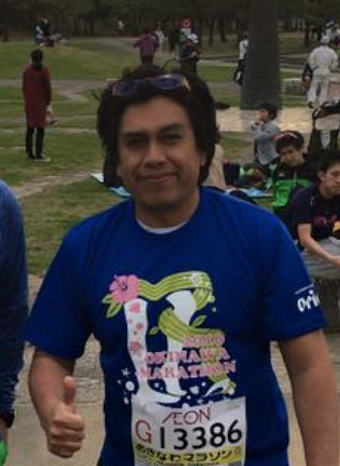 carlosengutierrez[at]gmail.com
carlosengutierrez[at]gmail.com
Hello, Welcome to Okinawa ! This is my 3rd year as postdoc in Doya Unit at OIST. I am a computer science guy, I did my master and PhD on data mining and machine learning on social networks, mainly using unsupervised learning models. At OIST, I learned about neural dynamics, ran several simulations of interacting populations on HPC using NEST, reduced the dimensionality of huge Spiking Network Models by using community detection and mean field models. Currently, applying unsupervised models and neural networks to segment tracer signal from brain images and performing parameters fitting for global tracktography on DWI data.
Expertise:
python, nest, machine learning, data mining, mean field approximation.
Espen Hagen (University of Oslo, Norway)
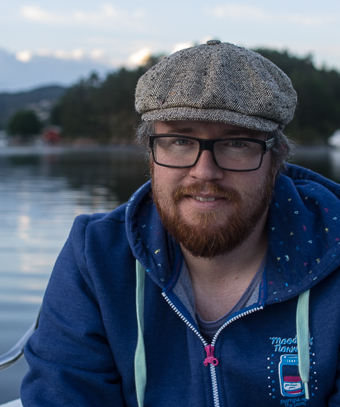 espe.hage[at]fys.uio.no
espe.hage[at]fys.uio.no
I am at present a PostDoc at CINPLA.ORG in Oslo, Norway. I have been involved in several modeling projects relating neuronal activity to extracellular potentials in neural tissue (e.g., spikes and local field potentials). One key component of these studies is multicompartment models combined with an electrostatic forward model. For this purpose, I’m involved in the development of LFPy (LFPy.github.io), a tool for computing such extracellular potentials in Python. One goal of such modeling efforts is aiding the interpretation of these nontrivial signals measured in the brain.
Expertise:
I am a regular user of point neuron network models, multicompartment neuron models, electrostatic forward models and high-performance computing (HPC) facilities.
NEST, NEURON, Python, SciPy stack, LFPy, iCSD, MPI, HPC facilities, Git
Sungho Hong (OIST)
shhong[at]oist.jp
 I am a researcher in the Erik De Schutter's lab at OIST, and so I live and work in Okinawa. I am generally interested in things in the domain of biophysics/cellular physiology, and have been trying to understand how they contribute to what is happening in the higher level such as neural networks and so on. I look forward to meeting you all soon!
I am a researcher in the Erik De Schutter's lab at OIST, and so I live and work in Okinawa. I am generally interested in things in the domain of biophysics/cellular physiology, and have been trying to understand how they contribute to what is happening in the higher level such as neural networks and so on. I look forward to meeting you all soon!
---
I have expertise in detailed modeling of neurons with ion channels and intracellular ion dynamics, mainly in the NEURON platform. I also have some experience in developing data analysis techniques by using various statistical modeling frameworks such as LN model, compressive sensing, spectral clustering, and so on. The brain region that I am mostly familiar with is the cerebellar cortex. About computational tools, I write my simulations mostly in NEURON, and do my data analysis in Python and Matlab.
Shane Lee (Brown University, USA)
I am a neuroscience postdoc studying the neurophysiology and behavior of movement disorders, including Essential Tremor and Parkinson's Disease. I am working on understanding how movement and cognition is reflected human neural activity and further how deep brain stimulation (DBS) affects this activity. I record from patients performing motor tasks during DBS electrode implant surgery and also work on computational models of DBS on thalamocortical activity.
---
Expertise:
I have worked on understanding gamma and beta oscillatory activity in the context of laminar cortex using both single and multi-compartment Hodgkin-Huxley type cells.
Matias I. Maturana (University of Melbourne, Australia)
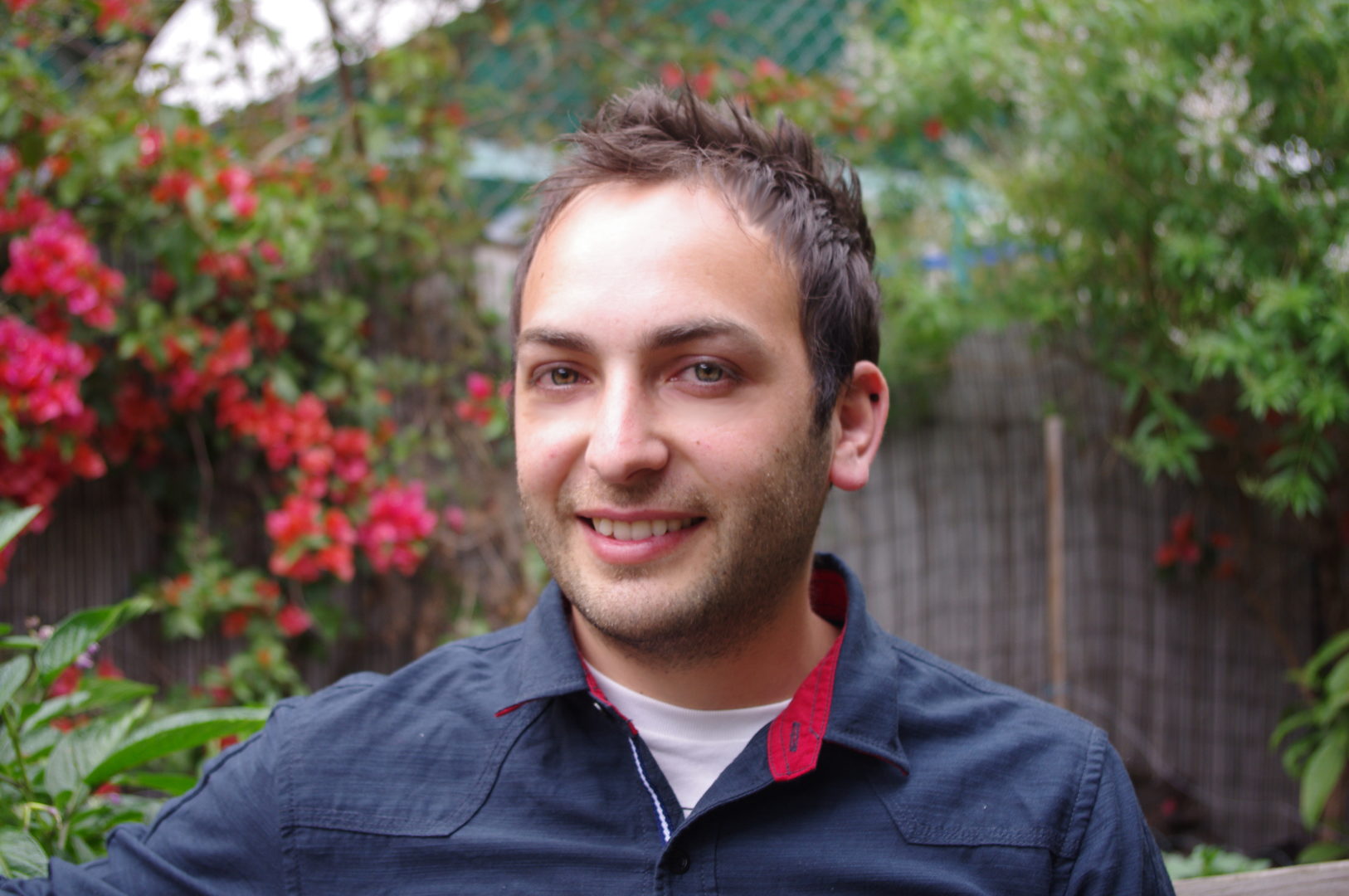 matiasim[at]unimelb.edu.au
matiasim[at]unimelb.edu.au
I am a friendly individual with high academic achievements at a post-doctoral level and experience in life sciences, programming, medical device development and computational neuroscience. My interests are in computational neuroscience, neural modelling, machine Learning, and (probably most importantly) tinkering with electronics, programming and science.
---
Expertise:
Throughout my research, I have learnt specialized techniques in retinal electrophysiology and device fabrication. I am proficient in techniques such as patch clamp, calcium imaging and photolithography, which allows me to create micron scale electronic devices on glass for the use in wet-lab experiments. As an electrical engineer, I have been able use my skills in programming, electronics, signal processing and control theory to devise experiments that help answer key questions about electrical stimulation of neural tissue. I have used tools in machine learning and statistical modelling to develop mathematical models that can be used to predict how neurons respond to electrical stimulation. The models I develop can be used to create more functional and smarter stimulation devices that can auto-regulate the amount of stimulation applied based on responses from individual cells.
Programming languages: NEURON (hoc) code, C++, C#, MATLAB, Simulink, LabView, Android (JAVA), iOS
Animal handling & retinal dissection, patch clamp, extracellular recording and electrical stimulation, confocal microscopy
photolithography, PCB design and assembly
Linear-Nonlinear Models, PCA, Log-likelihood estimators, Neural networks, Hodgkin-Huxley neurons
Ken Nakae (Kyoto University, Japan)
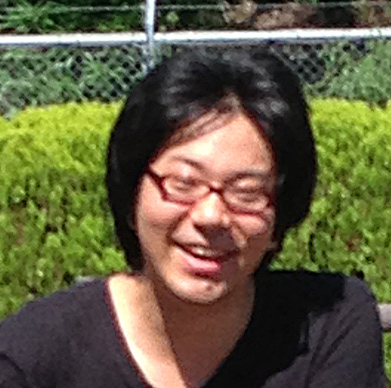 nakae-k[at]sys.i.kyoto-u.ac.jp
nakae-k[at]sys.i.kyoto-u.ac.jp
I am a postdoc in Ishii Lab at Kyoto University, where I am interested in statistical approaches to connectome of the brain. I got a PhD at Institute of Statistical Mathematics to develop the method for analyzing dynamical system. Based on this experience, I proposed a dynamic Bayesian approach to estimate the glia-neuronal network using Ca2+ imaging data. My current work is to identifying global network structure obtained by Diffusion MRI and Two-photon microscopy to reveal the connectome of the marmoset brain. I’m looking forward to discussing with students in this OCNC.
---
Expertise:
Bayesian Statistic, Machine Learning, MATLAB
Merav Stern (University of Washington, Seattle, USA)
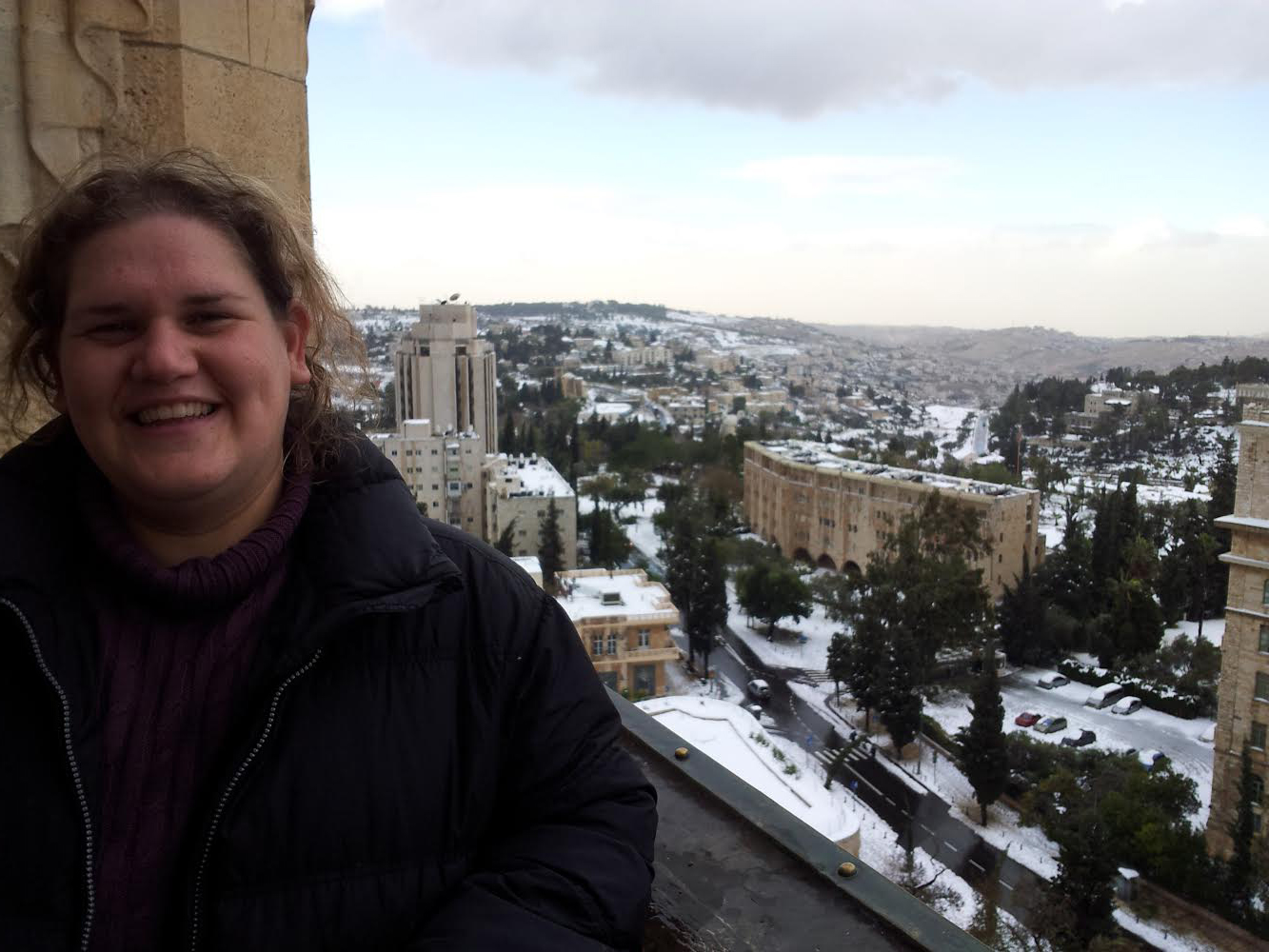 merav.stern[at]mail.huji.ac.il
merav.stern[at]mail.huji.ac.il
I grew up in a small town outside of Tel Aviv. My first tutor-like experience was in my teenage years as a figure skating instructor. Scientifically, I grew up at the Hebrew University, where I graduated with a Bachelor in Math and Physics, Master in Theoretical Physics and PhD in Computational Neuroscience. I also saw the world, I took my classes for my Master in Amsterdam, where I lived for a year, and did part of my PhD research in Columbia university in NY where I lived for three years. Currently, I'm a Postdoc at the University of Washington in Seattle.
---
Expertise:
During my PhD I improved our tools for studying non linear neural network dynamics. Specifically, I explored static and dynamic mean field solutions of rate neural networks that include strong self coupled units, and networks that include sub-groups of connectivity rules - a study which lead to new results in random matrix theory. In addition I have constructed a model for the pirifom cortex which captures its basic circuit properties and succeeds in explaining how concentration-dependent, temporal odor responses in the olfactory bulb are transformed into a concentration-invariant neuronal ensemble identity code. I also developed models for the olivo-cerebellar loop. Currently, I study different aspects of learning, in both models and recordings. Specifically, I seek to identify brain areas that alter their activity during the course of learning a visually-guided behavioral task and characterize these changes.
Marcel Stimberg (UPMC, Paris, France)
 marcel.stimberg[at]inserm.fr URL
marcel.stimberg[at]inserm.fr URL
I am a research software engineer in the group of Romain Brette at the Vision Institute in Paris, France. My PhD in Klaus Obermayer's group at the TU Berlin, Germany, as well has my time as a PostDoc in Romain's group was about computational modelling, more specifically about small-size networks in the visual and auditory system. In recent years, my focus has shifted somewhat away from modelling towards the development of (open-source) software tools for computational neuroscience. Most importantly, I've been leading the development of Brian 2, your friendly simulator for spiking neural networks.
Expertise:
Computational modelling of the early visual and auditory system
Software:
Brian, Python (numpy/matplotlib/etc.), general programming/tools (git, C/C++, Linux, ...), to a lesser extent: Matlab, NEURON, PyNN
Criseida Zamora (OIST)
 criseida.chimal[at]oist.jp
criseida.chimal[at]oist.jp
I'm a postdoc in Erik De Schutter’s lab, Computational Neuroscience Unit at OIST. During my Phd, I developed mechanistic models of gene expression and its regulation, with a focus on how the feedback loops in genetic circuits control the intrinsic stochasticity of molecular interactions in gene expression. I’m interested to use computational modeling to investigate the properties of biological systems. Currently, I’m working on modeling cerebellar Long Term Depression (LTD) at molecular level. My general interest is to study the connection between gene expression processes and signaling pathways.
Expertise:
Programming with Python, Matlab and STEPS.
Some publications about my previous work:
Yunliang Zang (OIST)
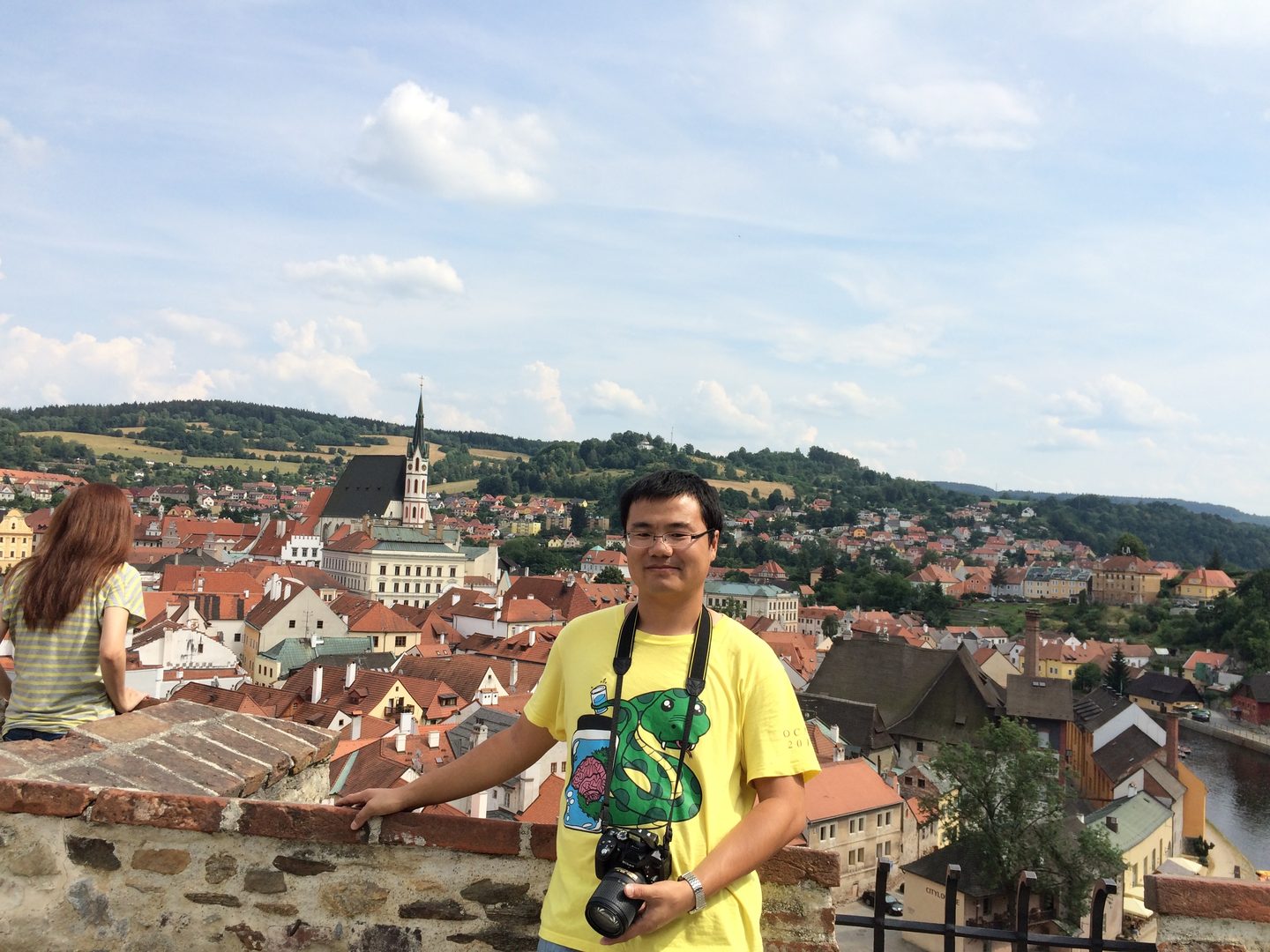 yunliang.zang[at]oist.jp
yunliang.zang[at]oist.jp
I am a postoc working in Erik De Schutter's lab at OIST. During my phd study, I explored the ionic mechanism of some heart diseases like Heart failure (HF) by build theoretical models. Three years ago I joined Erik's group and began to work on the Purkinje cell modelling. I explore the the role of principal ion currents in the generation of Na spikes in the soma and calcium spikes in the dendrite.
Expertise:
During my phd study, I used MATLAB and FORTRAN to do cell and tissue level modelling. I also have some experience in COMSOL and ADINA.
Recently, I mainly use NEURON and MATLAB to do the PC modelling and simulation.
Participants / About yourself & Message
Sophie Aimon
- Affiliation: Kavli Institute UCSD
- Position: Post-doctorant
- Email: aimon.sophie[at]gmail.com
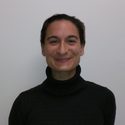
Maria Alemany
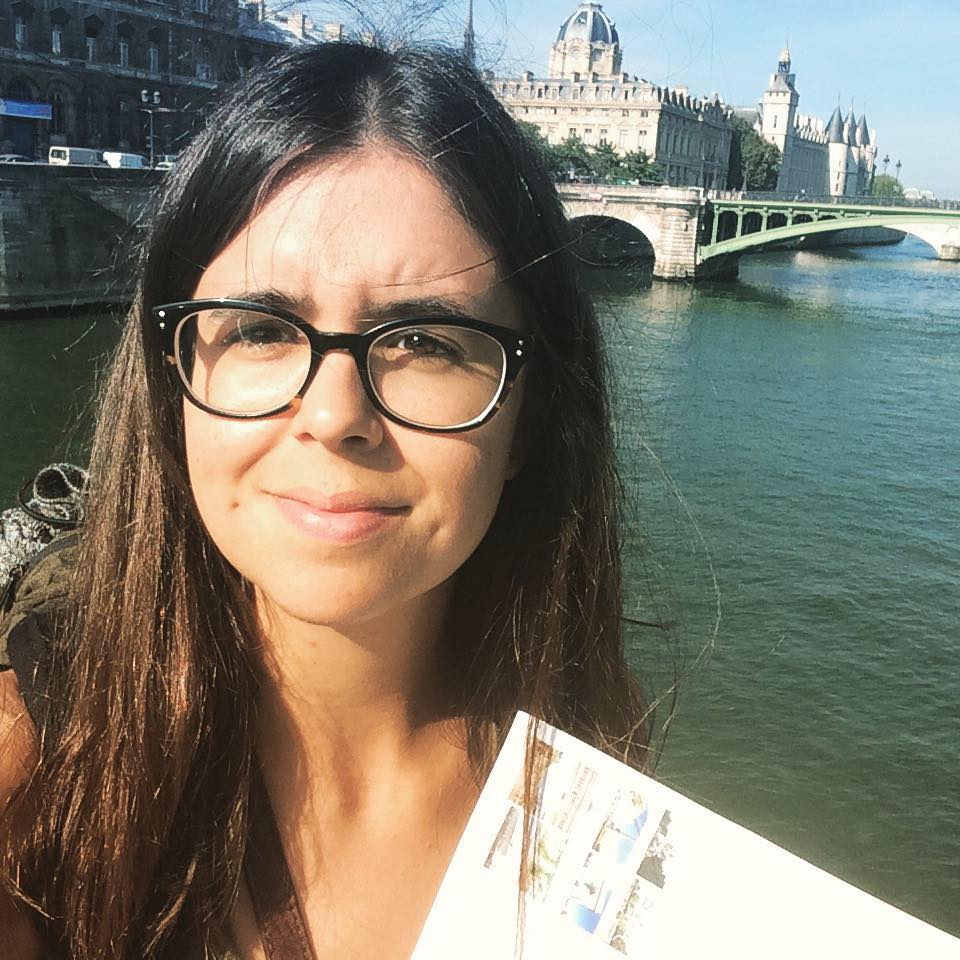 Affiliation:IMIM (Hospital del Mar Medical Research Institute)
Affiliation:IMIM (Hospital del Mar Medical Research Institute)- Position: PhD Student
- Email: malemany[at]imim.es
I'm a PhD student at the M Victoria Puig lab in the Hospital del Mar Medical Research Institute in Barcelona. My research aims to understand how aberrant network dynamics in the Prefronto-Hippocampal circuit cause cognitive deficits using in vivo electrophysiological recordings during memory processing in a genetic mouse model of cognitive impairment. I'm very glad to have the great opportunity to attend OCNC2017 and gain expertise in computational and analytical methods to apply to my own data. Looking forward to meeting you all in Okinawa!
Manuel Baltieri
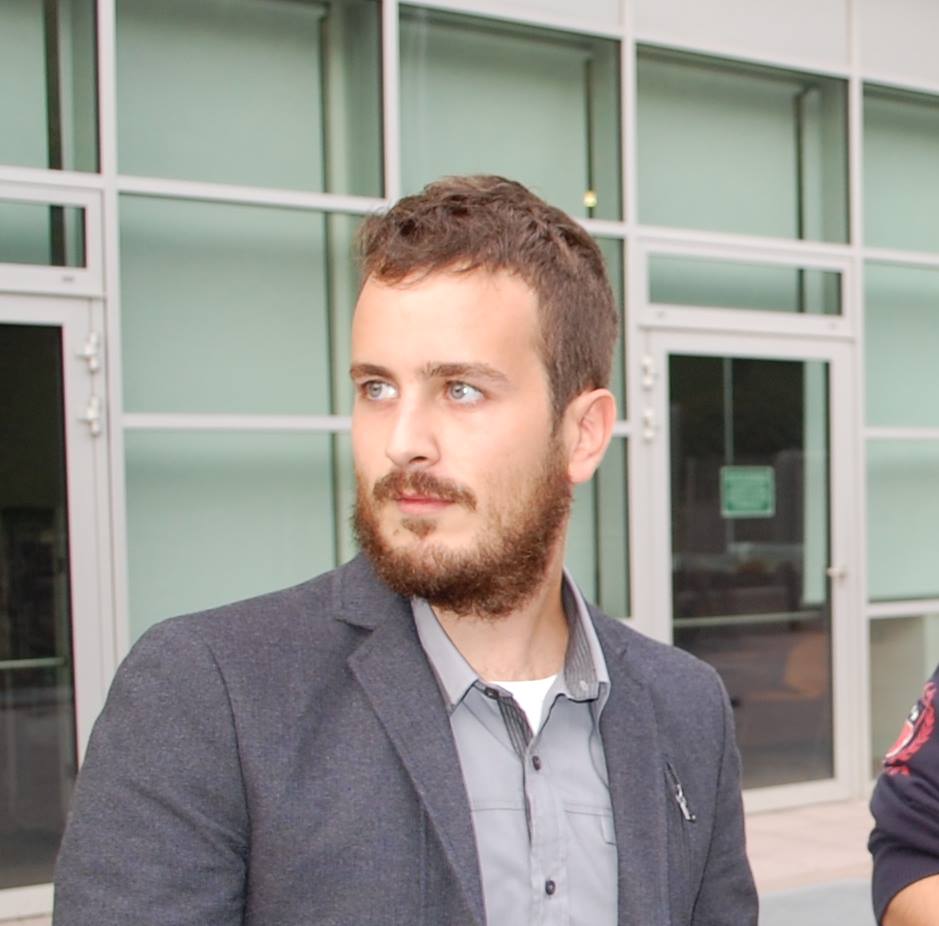 Affiliation: University of Sussex
Affiliation: University of Sussex- Position: PhD Student
- Email: m.baltieri[at]sussex.ac.uk
- URL
I am a PhD student at the University of Sussex, working under the supervision of Christopher Buckley and Thomas Nowotny. My background is in computer science and AI whereas my current research lies at the intersection of AI and cognitive science with theoretical and computational neuroscience.
At the moment I’m working on models of action-perception loops under the Bayesian brain hypothesis with a focus on theories of motor control. In more detail, using recent developments in theoretical neuroscience including predictive coding and active inference I’m creating minimal computational models of agency. At OCNC I’m looking forward to applying my computational background to models of behaviour. My focus will be in particular on the modelling of tail-beating adaptation due to visual feedback in larval zebrafish.
See you all in Okinawa!
Aleksandra (Ola) Bykowska
 Affiliation: University of Bristol, UK
Affiliation: University of Bristol, UK- Position:PhD Student
- Email: a.bykowska[at]bristol.ac.uk
I am a PhD student at University of Bristol. My research combines computational modelling and electrophysiology to study synaptic properties of interneurons. My background is mostly in experimental neuroscience so I am excited to learn more about computational approaches at Okinawa. Looking forward to meeting you all!
Michael Lawrence Castanares
 Affiliation: The John Curtin School of Medical Research, Australian National University
Affiliation: The John Curtin School of Medical Research, Australian National University- Position: PhD student
- Email: michael.castanares[at]anu.edu.au
- URL
I am a trained Physicist from undergraduate and master studies. Now, I am doing a PhD in Neuroscience applying the tools in optics to develop new optical tools that would help us probe and understand the computational roles of neuronal projections called the dendrites. I look forward to an exciting learning experience in the upcoming computational Neuroscience workshop.
Samyukta Chillara
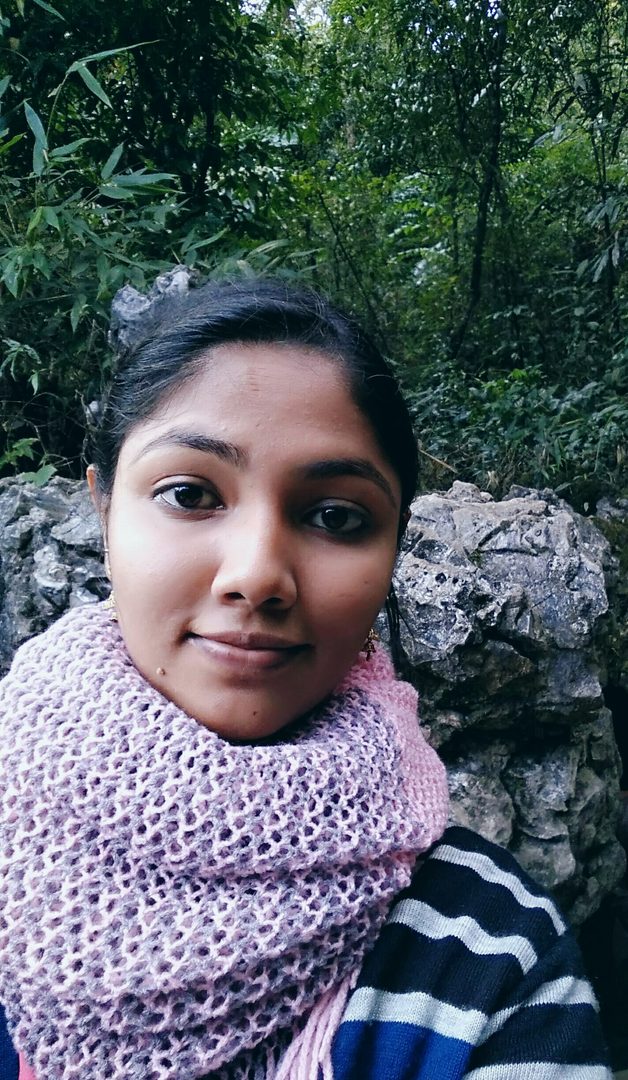 Affiliation: University of Hyderabad
Affiliation: University of Hyderabad- Position: Masters student
I am in the final semester of the Integrated Masters program in Systems Biology at the University of Hyderabad. I have been working on mathematical modelling of the cell size control mechanism and cell cycle dynamics in yeast, for the last one year. Neuroscience fascinates me and I am particularly interested in understanding information integration and processing by neuronal networks/systems. I would like to join a PhD program soon and OCNC will be a wonderful beginning for my future and career in Neuroscience. I am looking forward to a great learning experience with everybody at Okinawa!!
Aurelio (Aure) Cortese
- Affiliation: ATR Institute International
- Position:
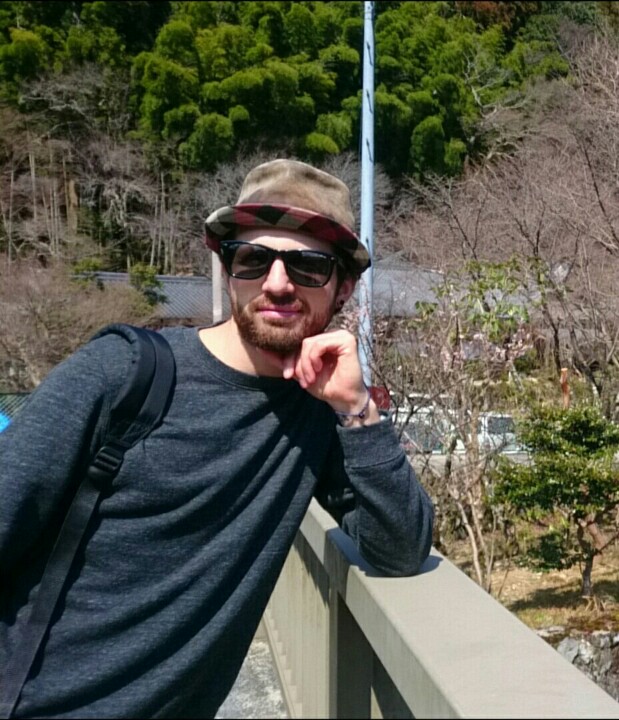 Researcher
Researcher - Email: cortese_a[at]atr.jp
Jack Curran
 Affiliation: University of Bristol
Affiliation: University of Bristol- Position: PhD Student
- Email: jack.curran[at]bristol.ac.uk
Audrey Denizot
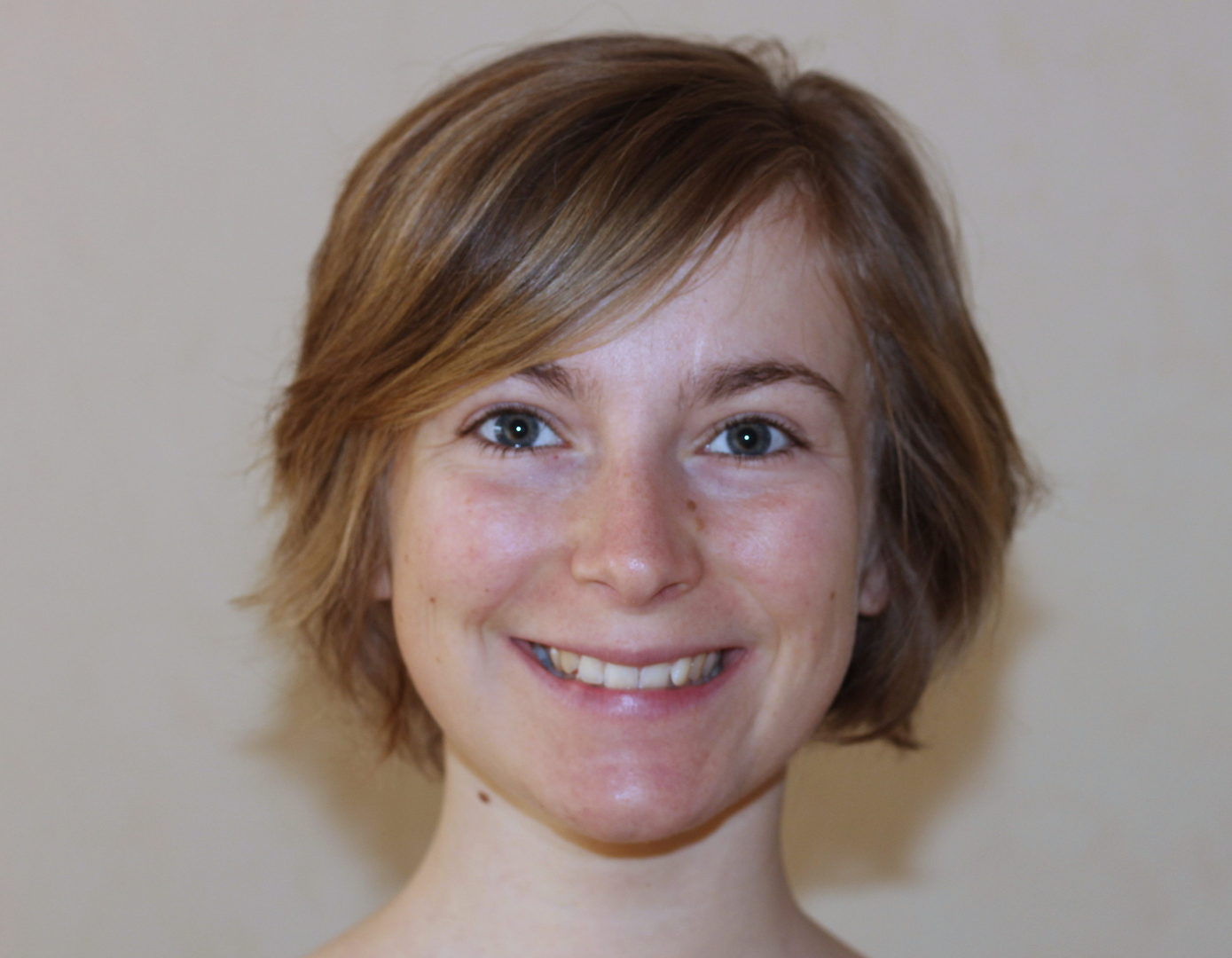 Affiliation: INRIA & Univ Lyon, UMR5205 CNRS, F-69621, Villeurbanne, France
Affiliation: INRIA & Univ Lyon, UMR5205 CNRS, F-69621, Villeurbanne, France- Position: PhD student
- Email: audrey.denizot[at]inria.fr
I am a first year PhD student in Beagle team at INRIA CRI Grenoble Rhône-Alpes, Villeurbanne in France. My project aims at simulating calcium signaling in fine astrocytic processes. I have an experimental biology background and I am expecting to learn a lot more about computational sciences by attending OCNC. I am looking forward to meeting you all in Okinawa!
Vasha DuTell
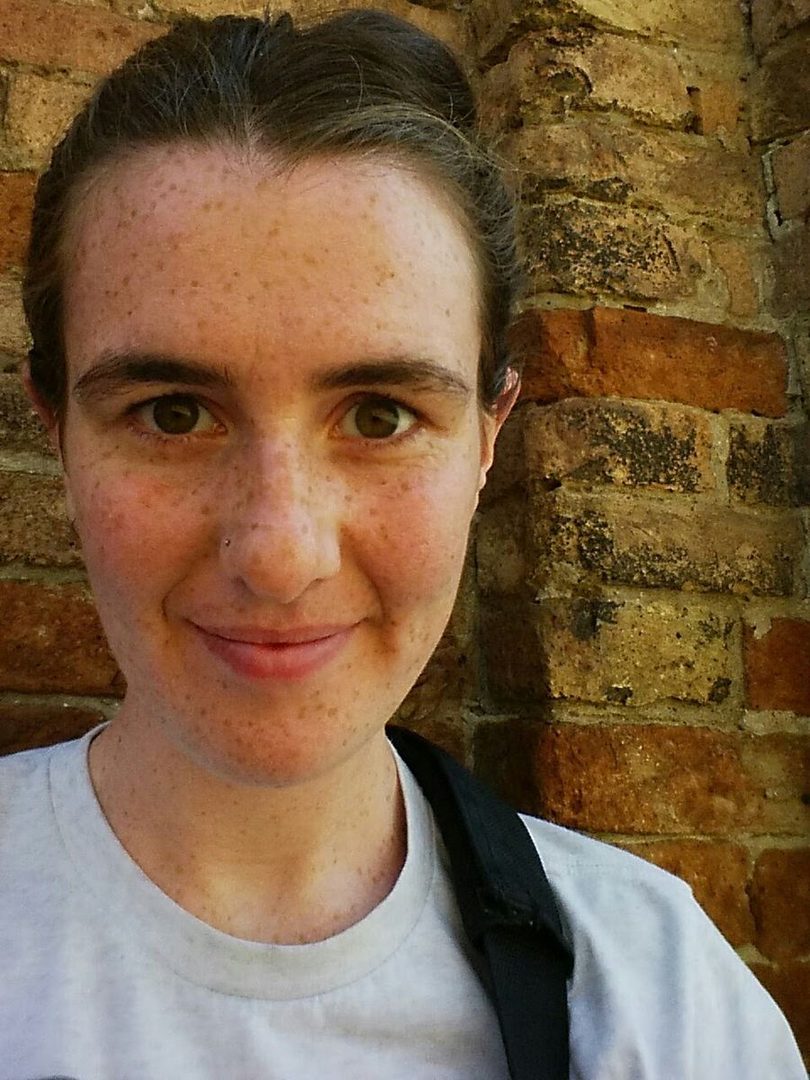 Affiliation: University of California, Berkeley
Affiliation: University of California, Berkeley- Position: PhD Student
- Email: vasha[at]berkeley.edu
- URL
I grew up in Oregon and studied Physics and Computer Science during my undergraduate at the University of Oregon. After living in New Zealand for a year, I did my Master's in Bioinformatics in Dr. Ron Yu's lab in Kansas City. I came to Berkeley in 2015 to start my PhD in Vision Science, working with Dr. Bruno Olshausen. My research interests surround efficient coding approaches to understanding the visual system's encoding of natural stimuli. Outside of research, I love cooking, rock climbing, and exploring new places!
Samantha (Sam) Esteves
 Affiliation: University of Toronto
Affiliation: University of Toronto- Position: PhD student
- Email: samantha.esteves[at]mail.utoronto.ca
- URL
I am a multidisciplinary PhD student who is currently trying to understand the genes that regulate neurite development. I am specifically interested in the molecular influence of the Clustered Protocadherin gene locus on neural wiring and dendrite patterning. I aim to determine the cellular behaviour of dendrite development using experimental live-imaging approaches to capture time-lapse videos of dendrite development. At OCNC I hope to create a graphical model of dendrite morphology development to gain novel insight that can be used to direct my live-imaging experiments.
Matthew Farrell
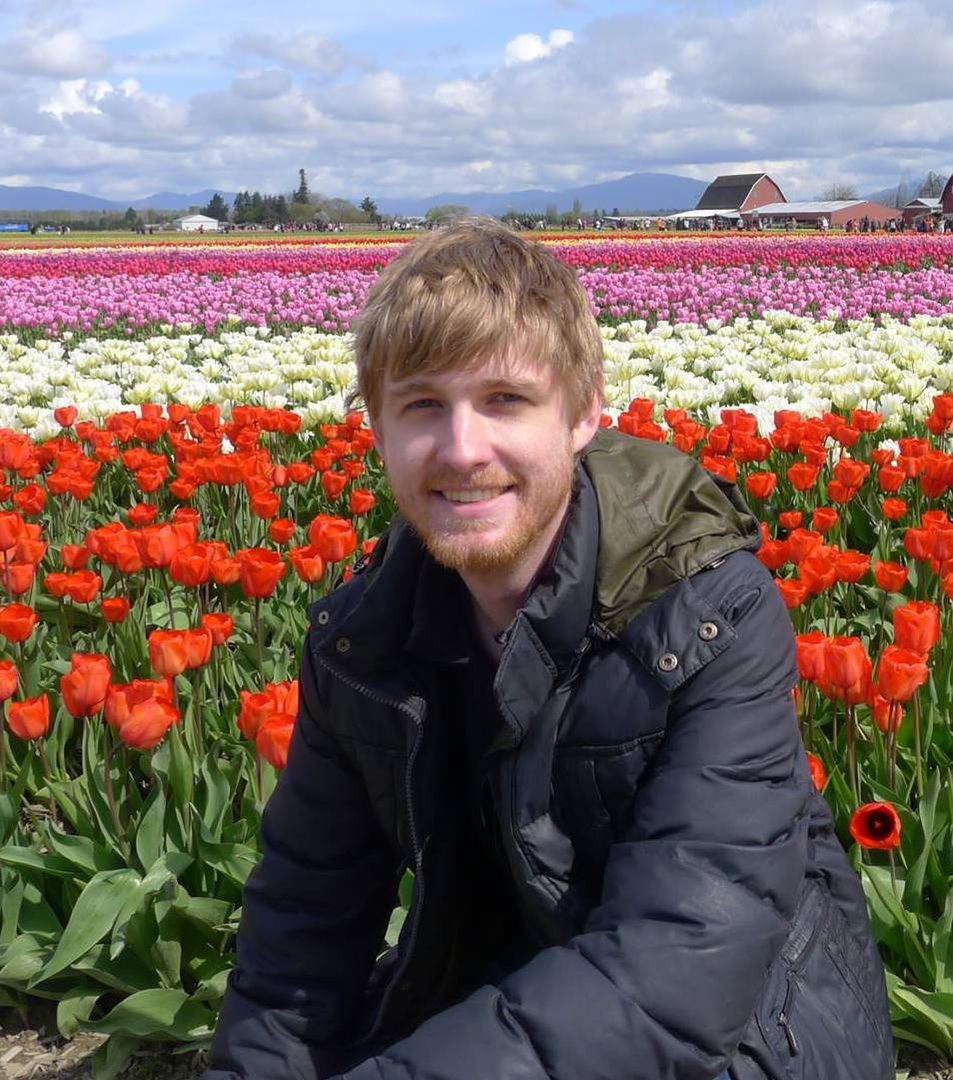 Affiliation: University of Washington
Affiliation: University of Washington- Position: Ph.D. Student
- Email: msf235[at]cornell.edu
Hamza Giaffar
 Affiliation: Cold Spring Harbor Laboratory
Affiliation: Cold Spring Harbor Laboratory- Position: PhD student
- Email: hgiaffar[at]cshl.edu
Dorian Goueytes
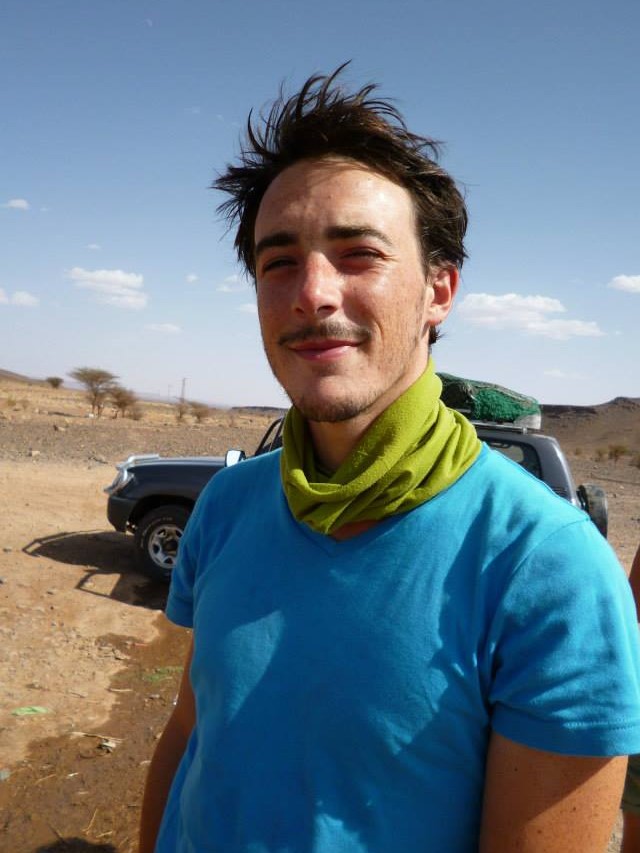 Affiliation: Unité Neuroscience Information et Complexité (UNIC), CNRS
Affiliation: Unité Neuroscience Information et Complexité (UNIC), CNRS- Position: Ph.D Student
- Email: dorian.goueytes[at]unic.cnrs-gif.fr
- URL
Robert Gowers
 Affiliation: University of Warwick
Affiliation: University of Warwick- Position: PhD Student
- Email: r.gowers[at]warwick.ac.uk
- URL
I am a PhD student at the University of Warwick. My research involves modelling the frequency response and firing patterns of spatially extended neurons in the subthreshold regime. From these complex patterns, I hope to provide insight into neuropathologies such as epilepsy. My background is in electrical engineering and, while I currently do theoretical and computational research, this means I have some experimental experience. I am looking forward to expanding my knowledge and providing a context for my research, particularly by modelling how neurons behave in a network.
Olya Hakobyan
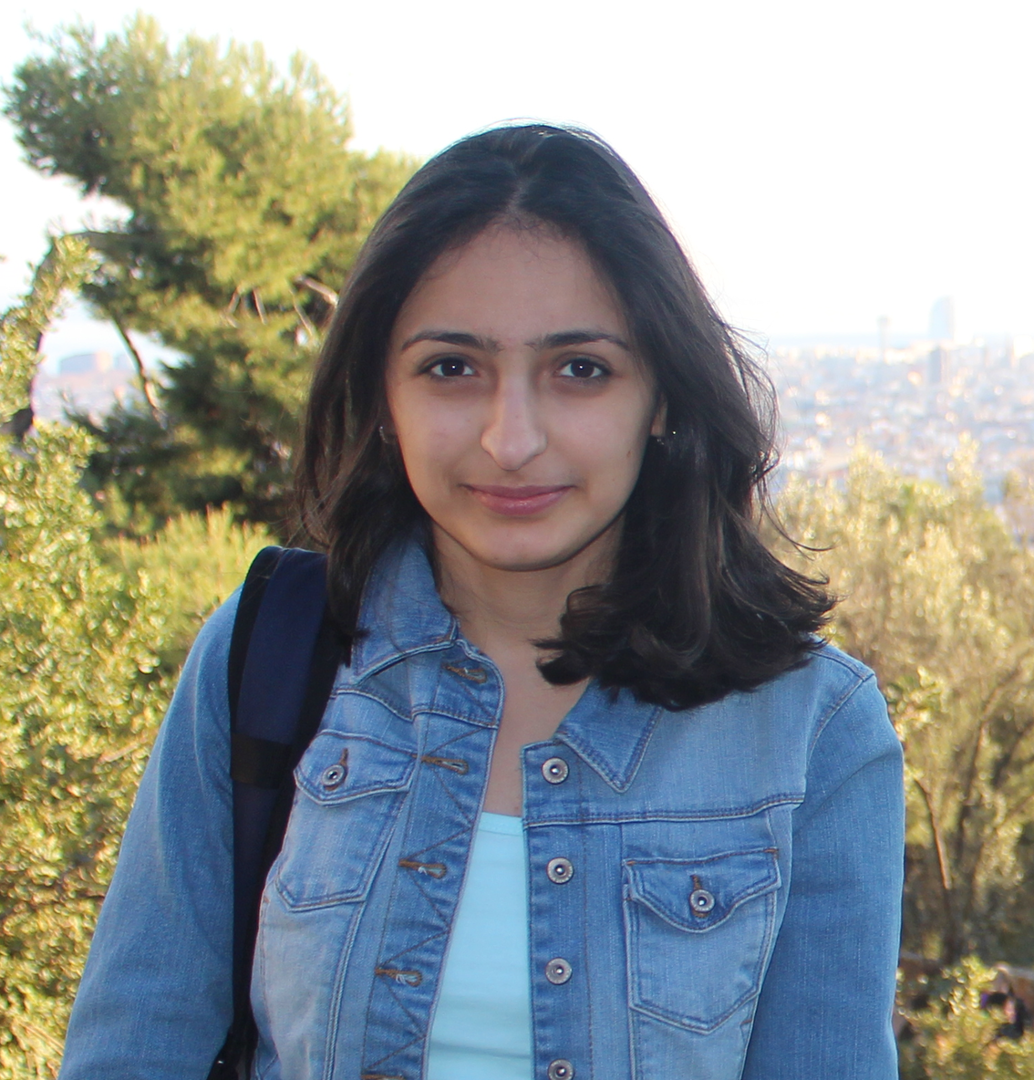 Affiliation: Ruhr-University Bochum
Affiliation: Ruhr-University Bochum- Position: Phd student
- Email: olya.hakobyan[at]rub.de
- URL
Felix Z. Hoffmann
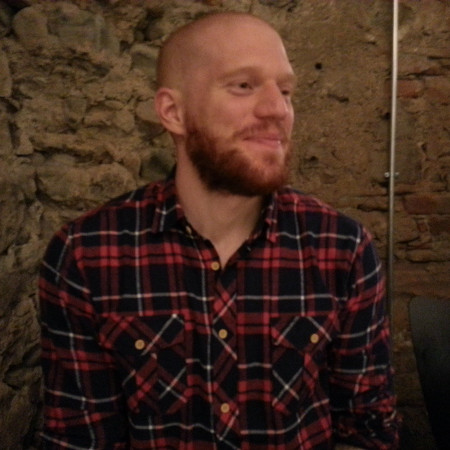 Affiliation: Frankfurt Institute for Advanced Studies (FIAS)
Affiliation: Frankfurt Institute for Advanced Studies (FIAS)- Position: PhD Student
- Email: felix11h.dev[at]gmail.com
- URL
Caleb Holt
Affiliation: University of Oregon
- Position: Graduate student
- Email: cholt[at]uoregon.edu
I'm a physicist who studies computational neuroscience now. I focus on the primary visual cortex and how gamma oscillations depend on network properties. At OIST, I will study the role of complex synapses in the unsupervised learning of sensory representations. Or, how a group of neurons may learn to see the world, given that their synapses have a "memory" beyond their weight.
Maria Kesa
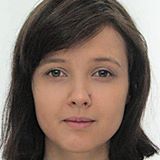 Affiliation: StatFinn Estonia OY
Affiliation: StatFinn Estonia OY- Position: Statistical programmer/statistician
- Email: maria.kesa[at]gmail.com
I am a master's student working on modeling an experimentally observed phenomenon in the area V1 in the mouse neocortex (with professor Michael Berry, Princeton Neuroscience Institute). I conduct simulations to understand how recurrent networks in layer 2/3 of the neocortex make predictions and respond to surprising stimuli. In Okinawa, I will be working on understanding how reward-modulated Hebbian plasticity shapes receptive fields for positive or negative outcomes in the basolateral complex of the amygdala.
Emma Krause
 Affiliation: Harvard University
Affiliation: Harvard University- Position: PhD Student
- Email: mmakrause[at]g.harvard.edu
I am a Neuroscience PhD student in Jan Drugowitsch’s lab at Harvard University. I am currently studying the computational mechanisms underlying goal-directed spatial navigation. I am especially interested in the idea that the brain executes planning through probabilistic inference. My background is largely in experimental neuroscience and I have been focusing on strengthening my computational skills since starting graduate school. I’m looking forward to meeting everyone in Okinawa!
Greg Kronberg
Affiliation: The City College of New York
- Position: PhD Student
- URL
I am a PhD student in Biomedical Engineering at the City College of New York, where I work under Lucas Parra. My research focuses on understanding how weak electric fields can enhance memory processes with the goal of informing noninvasive brain stimulation techniques in humans. Specifically I'm interested in modeling synaptic plasticity in small networks during electrical stimulation. My experience with computational neuroscience is mostly from textbooks and playing around with simple models, so it'll be great to learn from the incredible collection of experts in Okinawa. Looking forward to meeting and getting computational with you all.
Liya Ma
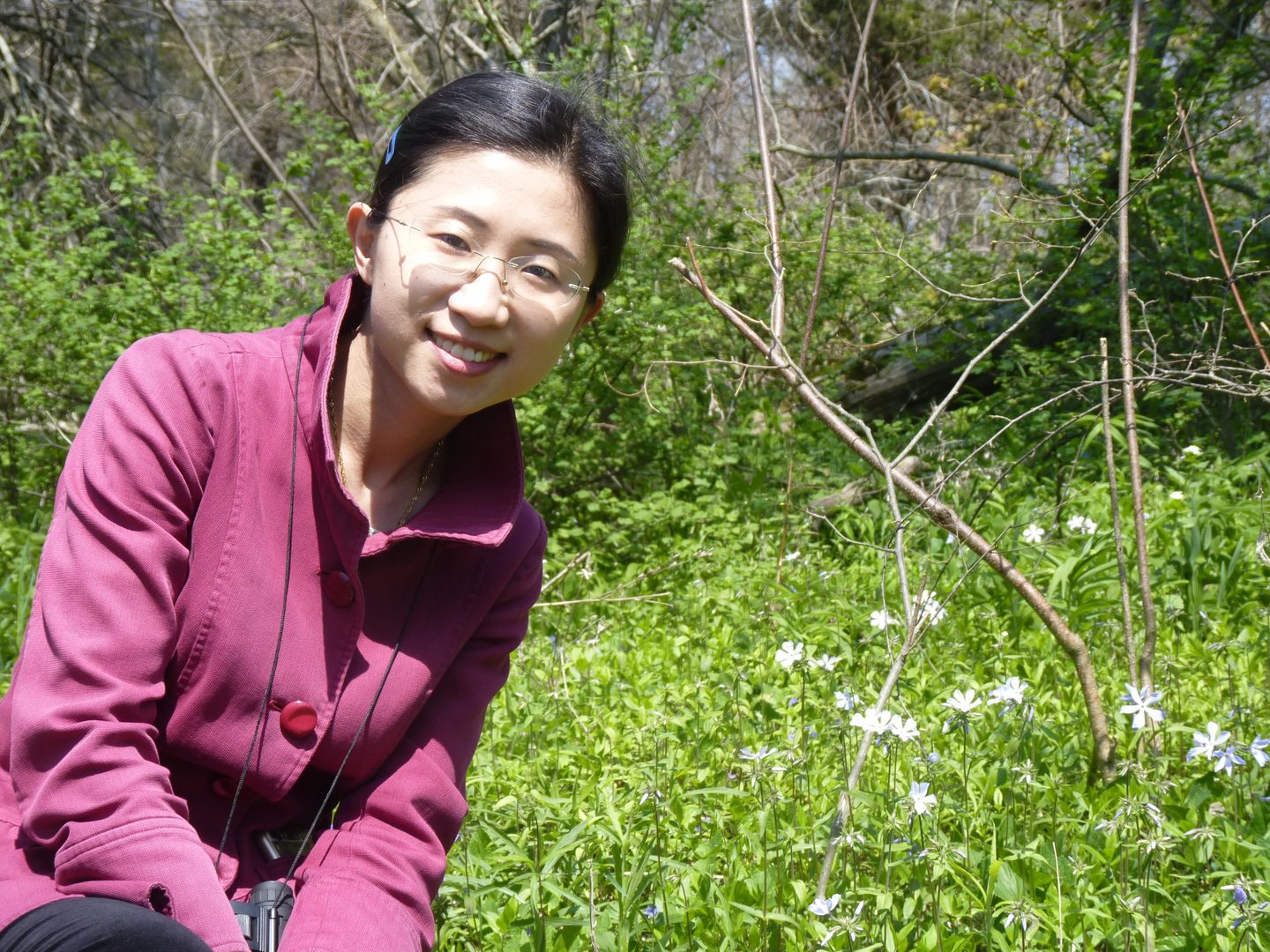 Affiliation: University of Western Ontario
Affiliation: University of Western Ontario- Position: Postdoctoral Fellow
- Email: liyamariama[at]gmail.com
I am a postdoctoral fellow working at the University of Western Ontario in London, Ontario, Canada. I study the activities of individual neurons as well as field potentials in the frontal cortex of animals while they perform cognitive tasks. I believe that computational neuroscience will play a critical role in solving one of the ultimate mysteries of our universe: the mechanism through which new ideas emerge from the interaction of large ensembles of neurons. I am truly thrilled to have this opportunity to meet with fellow computation-enthusiasts and to learn from the best people in the field of computational neuroscience!
Zhengyu Ma
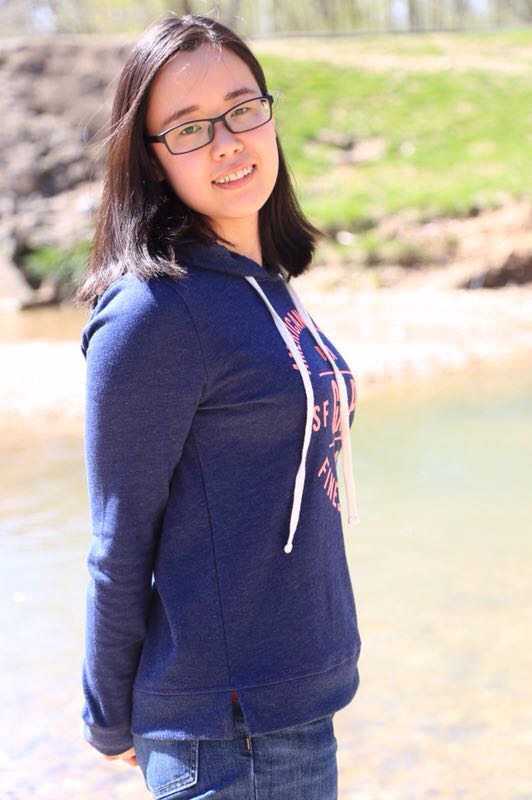 Affiliation: Washington University in St Louis
Affiliation: Washington University in St Louis- Position: Graduate student
- Email: zhengyuma[at]wustl.edu
Akiko Mizuno
Affiliation: University of Pittsburgh
- Position: Postdoctoral fellow
- Email: akm82[at]pitt.edu
- URL
I am a postdoc fellow in the Geriatric Psychiatry Lab at the University of Pittsburgh. My Ph.D. training was in cognitive psychology at Carnegie Mellon University. I investigate social cognition in autism, dimentia, and depression. My current goal is to apply Parallel Distribution Processing modeling with fMRI data to investigate cognitive processes among antidepressant placebo responders. I am a Japanese native, but have never been to Okinawa!
Jordi-Ysard Puigbò Llobet
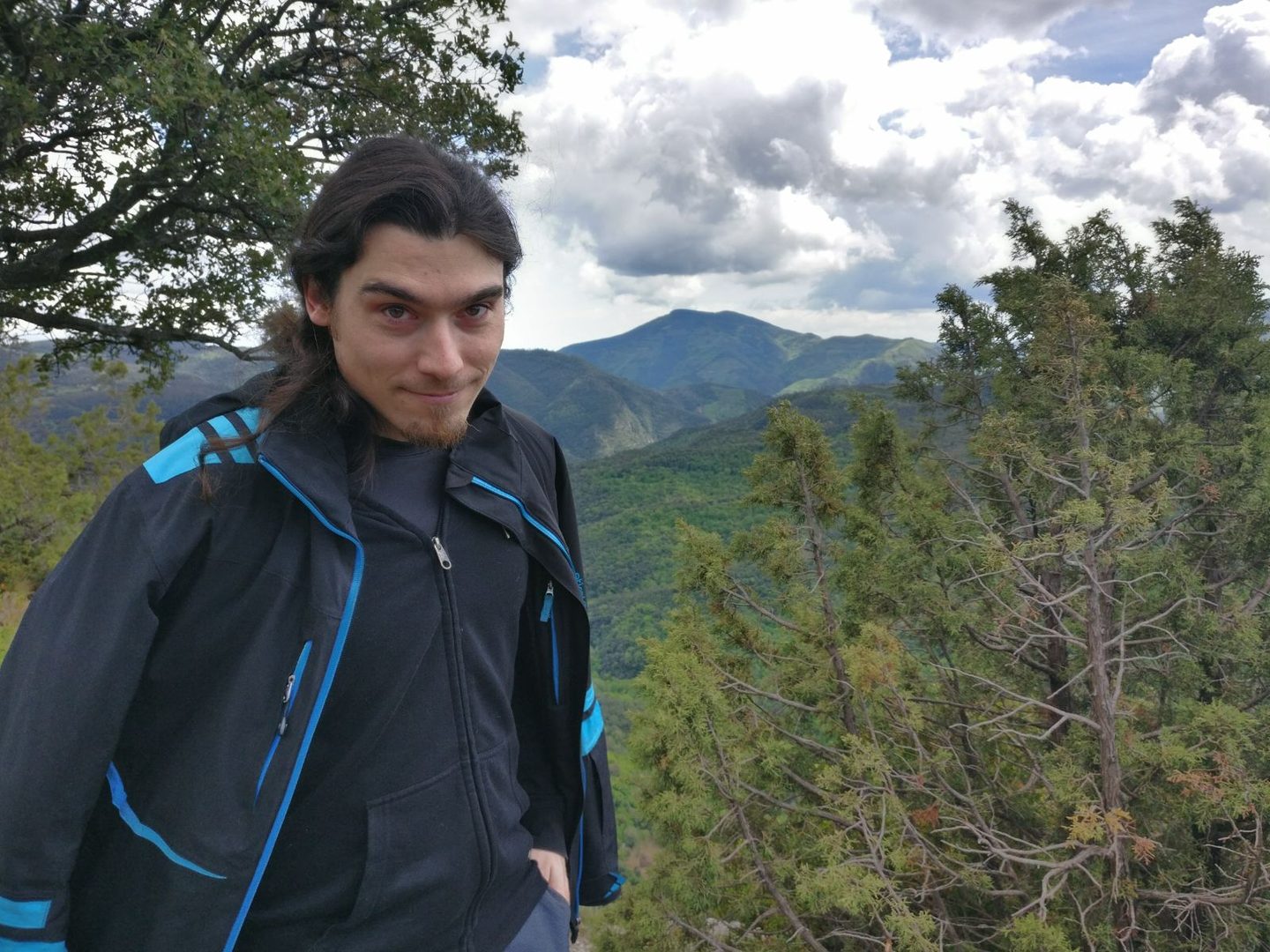 Affiliation: Universitat Pompeu Fabra
Affiliation: Universitat Pompeu Fabra- Position: PhD Student
- Email: jordiysard.puigbo[at]upf.edu
I'm pursuing my PhD on computational Neuroscience in Universitat Pompeu Fabra in Barcelona. Here I study how Acetylcholine modulates learning and attention, becoming a special learning mechanism based on surprise.
I'm also interested on how computational models of different brain areas can be related to SotA machine learning techniques or even provide new insights.
I'm looking forward to seeing you all in Okinawa.
Luis Giordano Ramos Traslosheros Lopez
Affiliation: European Neuroscience Institute Goettingen
- Position: PhD student
I am interested in how nervous systems interact with the environment to guide behavior. For my PhD, I focus on vision, in particular on the emergence of direction selectivity in the fruit fly. To dissect the underlying neural circuit elements, and their response properties I make use of genetics, connectomics, and behavioral and physiological readouts . I plan to incorporate the resulting data into computational models that will in turn guide future research. I hope to refine my quantitative skills in Okinawa. And of course, I hope to have a great time learning with you all!
Hannes Rapp
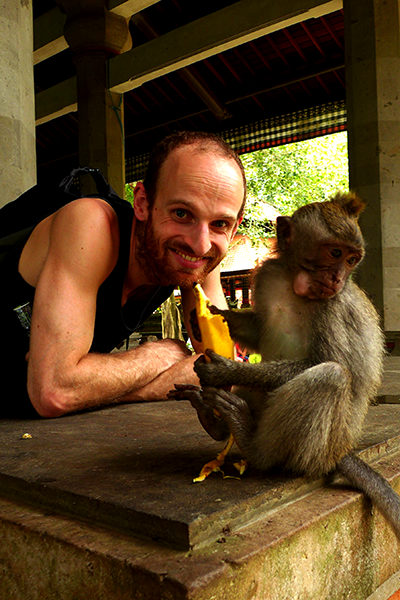 Affiliation: University of Cologne
Affiliation: University of Cologne- Position: Phd Student
- Email: mail.hrapp[at]gmail.com
Katja Seeliger
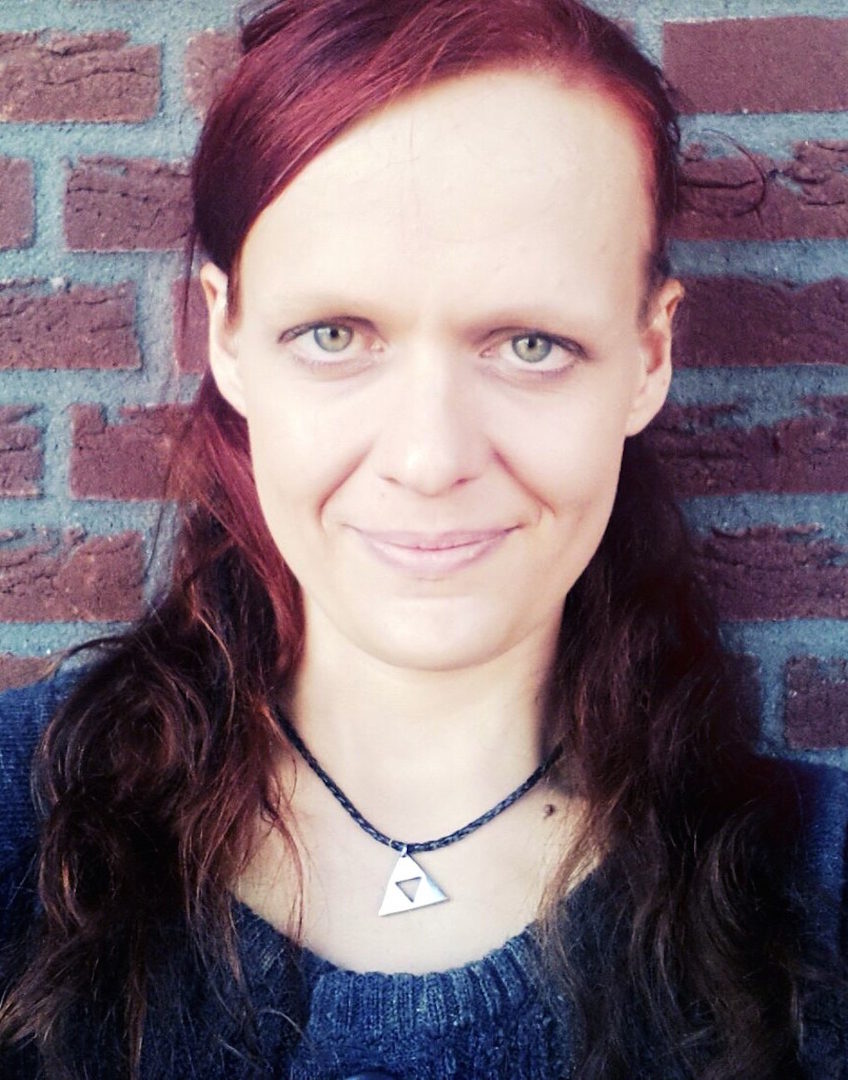 Affiliation: Donders Institute for Brain, Cognition and Behaviour
Affiliation: Donders Institute for Brain, Cognition and Behaviour- Position: PhD student at Donders Institute for Brain, Cognition and Behaviour
I'm a PhD student at the Donders Institute for Brain, Cognition and Behaviour in Marcel van Gerven's lab and am focusing on understanding the brain from the perspective of natural algorithms based on encoding models. We study how representations from deep neural networks relate to human perceptual processing and reflect upon their biological plausibility. I also work on the inversion of this mapping (decoding).
Taisei Sugiyama
-
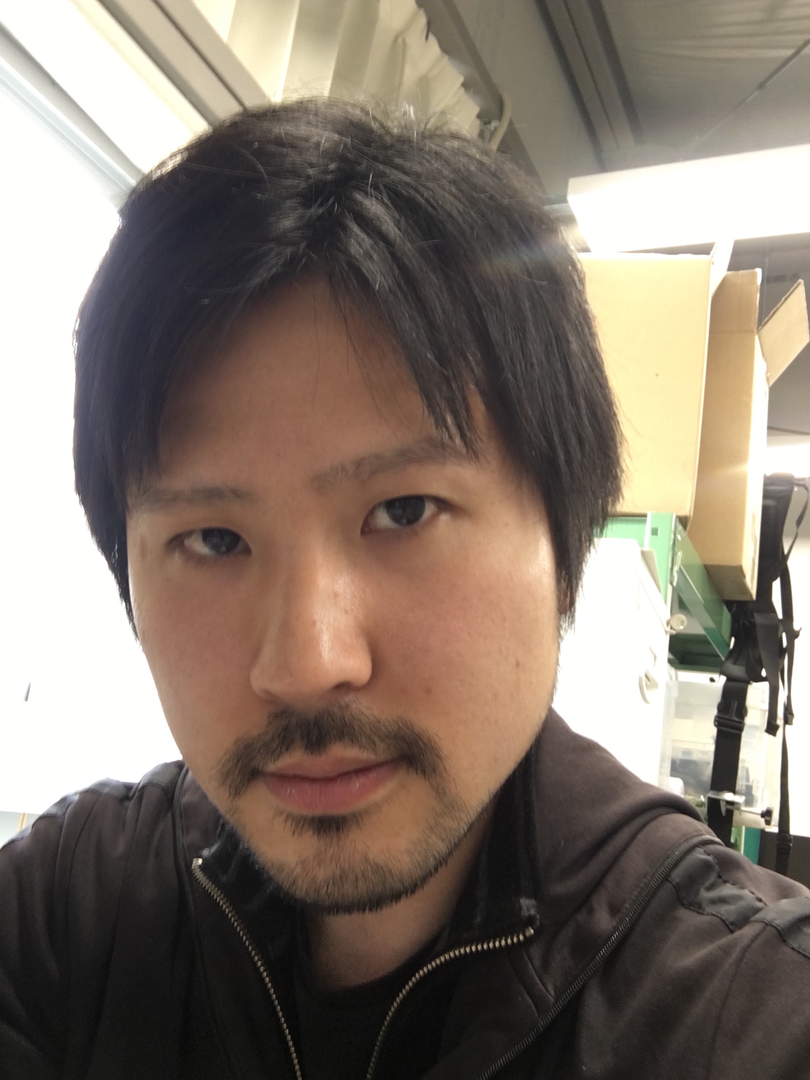 Affiliation: University of Tsukuba
Affiliation: University of Tsukuba - Position: Ph.D. student
- Email: tsugiyam[at]usc.edu
Jeroen Verharen

- Affiliation: Brain Center Rudolf Magnus, University Medical Center Utrecht
- Position: PhD Candidate
- Email: jeroenverharen[at]gmail.com
Matthijs (Thijs) Verhoog
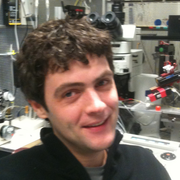 Affiliation: Department of Integrative Neurophysiology, Center for Neurogenomics and Cognitive Research, VU University Amsterdam
Affiliation: Department of Integrative Neurophysiology, Center for Neurogenomics and Cognitive Research, VU University Amsterdam- Position: Post doctoral researcher
- Email: thijs.verhoog[at]gmail.com
I am a postdoctoral researcher at the Center for Neurogenomics and Cognitive Research at the VU University Amsterdam, The Netherlands. I have a background in neurophysiology and am currently exploring the electrical properties and morphology of human cortical neurons. I look forward to improving my computational skills at OCNC2017.
Thomas (Tommy) James Younts
 Affiliation: University College London
Affiliation: University College London- Position: Marie Skłodowska-Curie International Fellow
- Email: t.younts[at]ucl.ac.uk
- URL
I am a postdoc at UCL working with Prof. Angus Silver. I am interested in the mechanisms underlying dendritic computations. My current experimental work is focused on how different network states shape dendritic integration in space and time. I am also carrying out 3D imaging of dendritic spine activity in mice that are performing visual tasks to gain a better understanding of dendritic computations in vivo. I am very excited about the OCNC because it will strengthen my abilities to think about, conduct, and analyze experiments in a multidisciplinary manner. My goal for the course is to explore the input/output relationship of individual dendritic branches with an emphasis on background synaptic conductance, distributed vs clustered excitatory synaptic inputs, and compartmentalized inhibition. The more I learn about computational neuroscience, the more I appreciate how a unique synergy is achieved when experimental and computational neuroscience are appropriately combined to study brain function. I look forward to meeting everyone in Okinawa and learning more about computational neuroscience!



